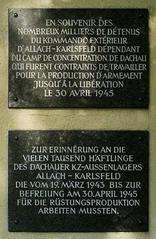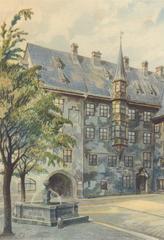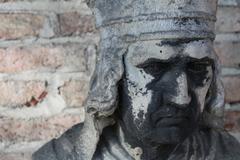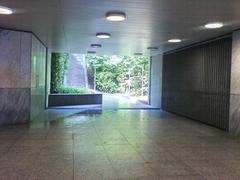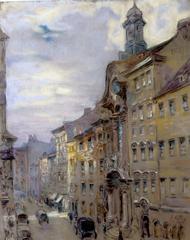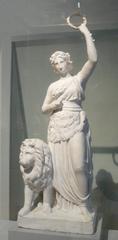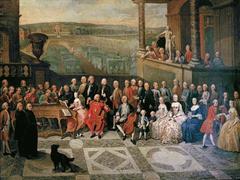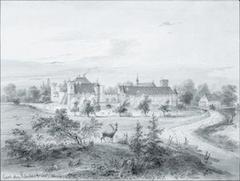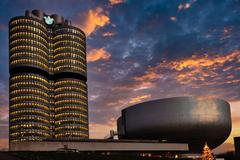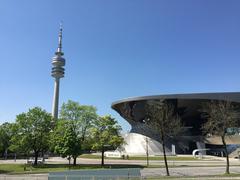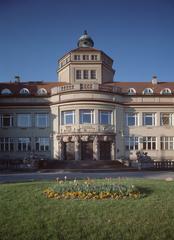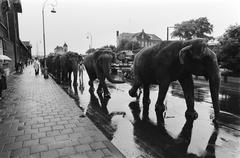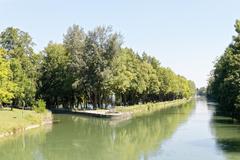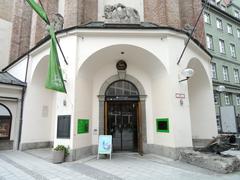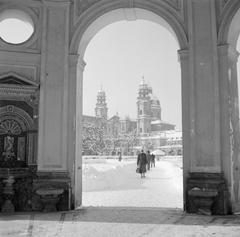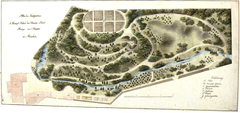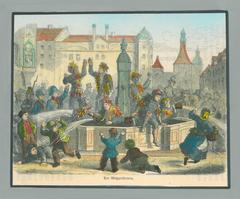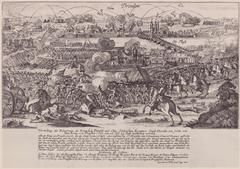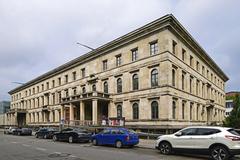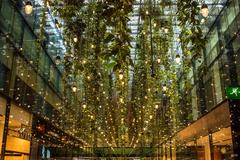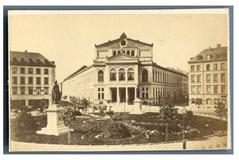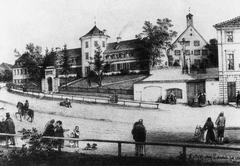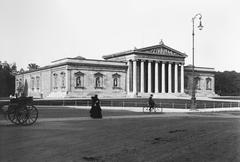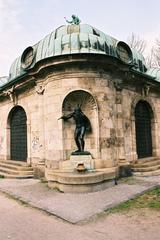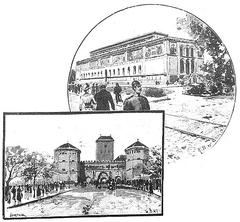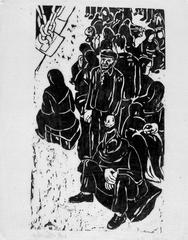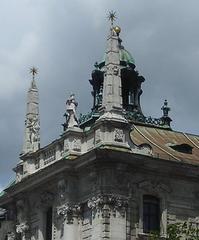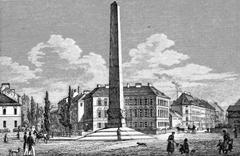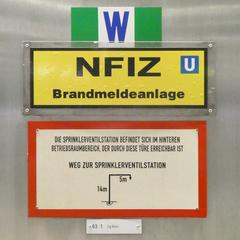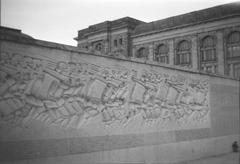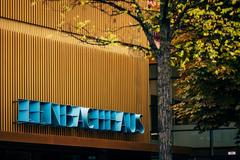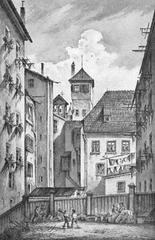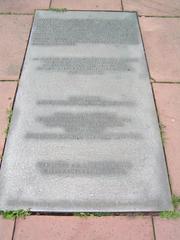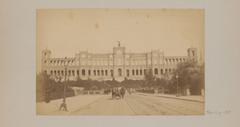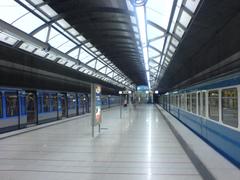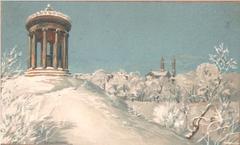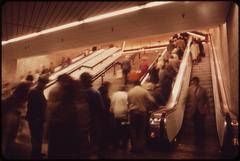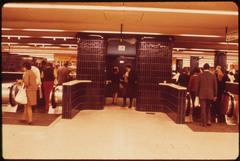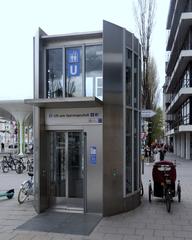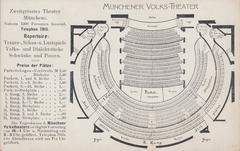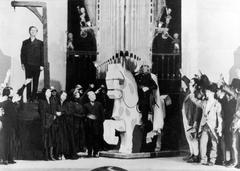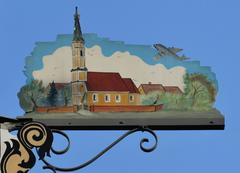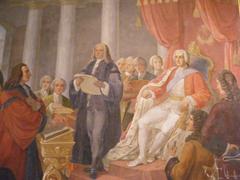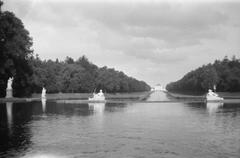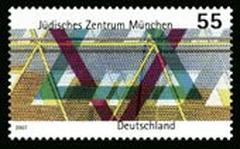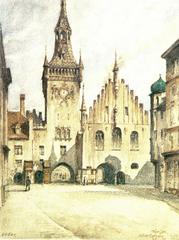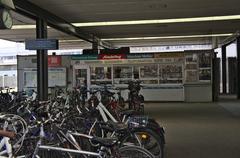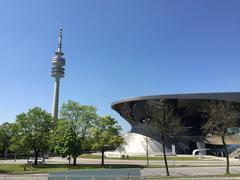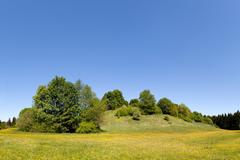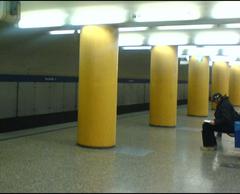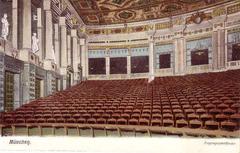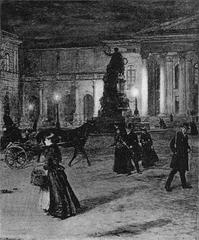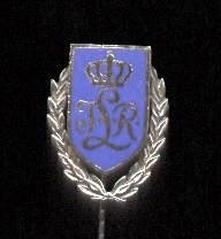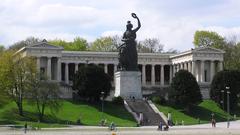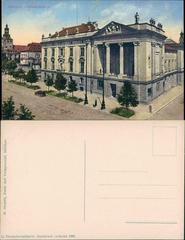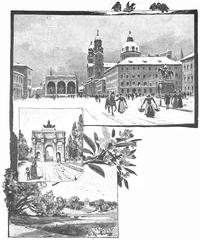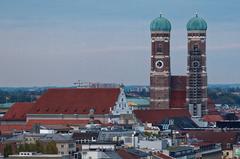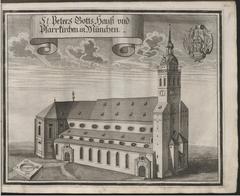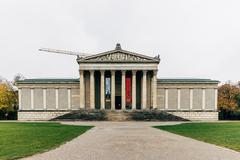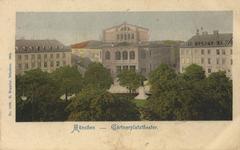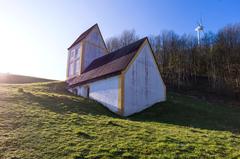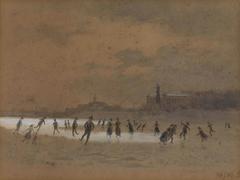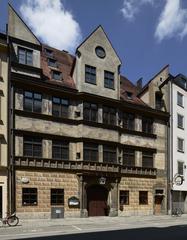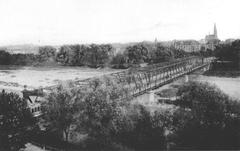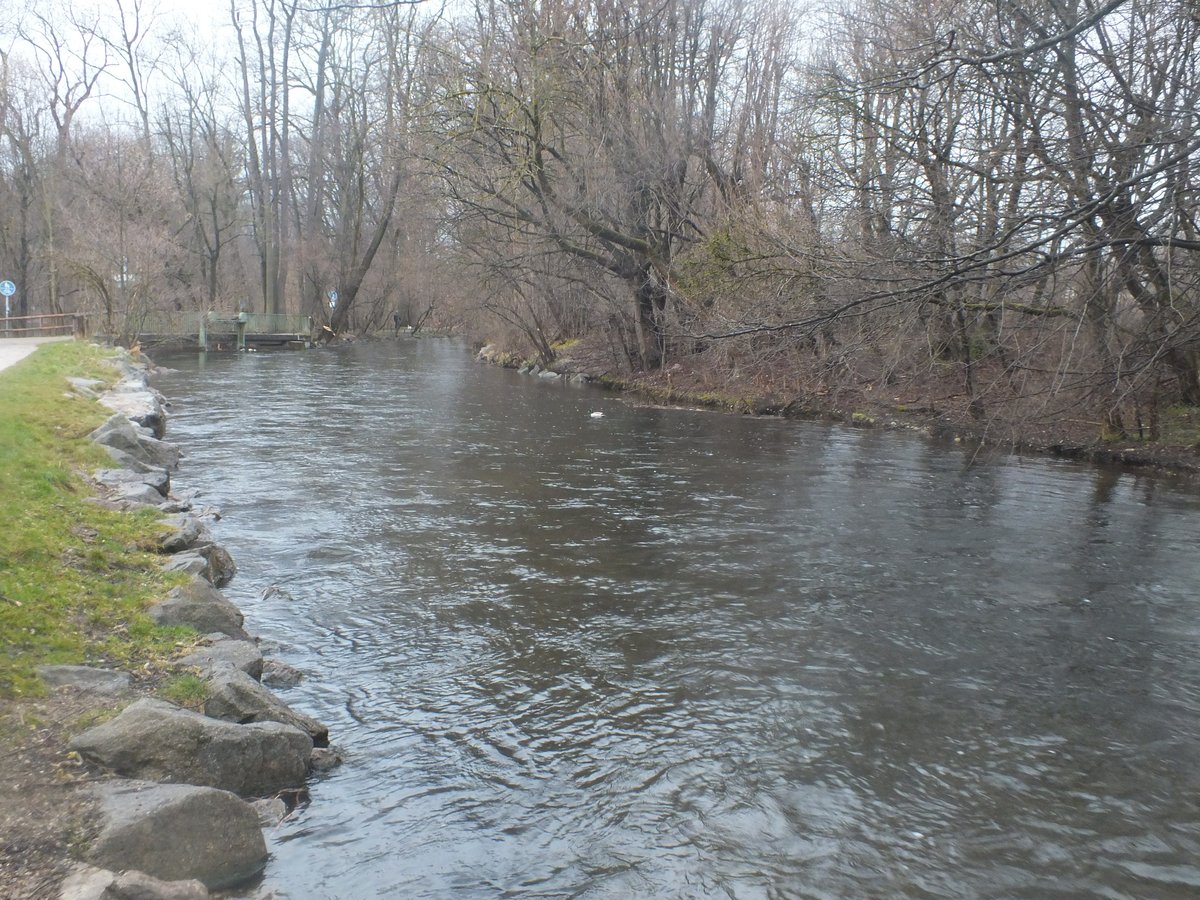
Guide to Visiting Pasinger Stadtpark, Munich, Germany
Date: 23/07/2024
Introduction
Nestled in the heart of Munich’s vibrant Pasing district, Pasinger Stadtpark stands as a testament to the city’s commitment to preserving green spaces amid urban development. Established in the late 19th century, this park has evolved from a modest public green space into a beloved sanctuary that blends historical charm with modern amenities. The park’s design, heavily influenced by the English landscape garden movement, offers visitors a naturalistic environment with winding paths, picturesque views, and a variety of flora and fauna (Munich History). Over the years, Pasinger Stadtpark has undergone several expansions and enhancements, particularly in response to the growing population of Pasing and the aftermath of World War II, which saw significant damage to the park. Today, it serves not only as a recreational hub but also as a cultural and social gathering space, hosting a variety of events that bring the community together (Landscape Architecture, WWII Impact). This comprehensive guide aims to provide an in-depth look at the park’s history, notable features, and practical visitor information, making it an essential read for anyone planning a visit to this verdant oasis in Munich.
Table of Contents
- Introduction
- History
- Cultural and Social Significance
- Notable Features and Landmarks
- Visitor Information
- Community Involvement and Future Prospects
- Frequently Asked Questions
- Conclusion
- References
History
Origins and Early Development
Pasinger Stadtpark, located in the Pasing district of Munich, Germany, has a rich history that dates back to the late 19th century. The park was initially established in 1899 as a public green space to provide the rapidly growing population of Pasing with a recreational area. At that time, Pasing was an independent town before its incorporation into Munich in 1938. The creation of the park was part of a broader urban development plan aimed at improving the quality of life for residents (Munich History).
Design and Landscape Architecture
The design of Pasinger Stadtpark was influenced by the English landscape garden movement, which emphasized naturalistic landscapes, winding paths, and picturesque views. The park’s layout was crafted to offer a serene environment, with a variety of trees, shrubs, and flower beds. Notable landscape architects of the time, such as Jakob Heilmann, played a significant role in shaping the park’s aesthetic (Landscape Architecture).
Expansion and Enhancements
Throughout the early 20th century, Pasinger Stadtpark underwent several expansions and enhancements. In the 1920s, additional land was acquired to extend the park’s boundaries, allowing for the inclusion of more recreational facilities such as playgrounds and sports fields. These developments were driven by the increasing demand for public leisure spaces as Pasing’s population continued to grow (Urban Development).
World War II and Post-War Reconstruction
The impact of World War II on Pasinger Stadtpark was significant. The park suffered damage from bombings, and many of its facilities were destroyed or fell into disrepair. However, the post-war period saw a concerted effort to restore and revitalize the park. In the late 1940s and early 1950s, extensive reconstruction work was carried out, including the replanting of trees, the repair of pathways, and the rebuilding of recreational amenities (WWII Impact).
Modern Developments and Conservation Efforts
In recent decades, Pasinger Stadtpark has continued to evolve, with a focus on conservation and sustainable development. The park has been designated as a protected green space, ensuring the preservation of its natural beauty and historical significance. Modern amenities, such as eco-friendly lighting and water-saving irrigation systems, have been introduced to enhance the park’s sustainability (Conservation Efforts).
Cultural and Social Significance
Pasinger Stadtpark holds a special place in the hearts of Munich’s residents. It serves as a venue for various cultural and social events, including outdoor concerts, art exhibitions, and community festivals. The park’s historical significance and its role as a communal gathering space contribute to its enduring popularity among locals and tourists alike (Cultural Significance).
Notable Features and Landmarks
Several notable features and landmarks within Pasinger Stadtpark highlight its historical and cultural importance. The park is home to a variety of sculptures and monuments, including a memorial dedicated to the victims of World War II. Additionally, the park’s central pond, with its picturesque bridges and surrounding greenery, remains a focal point for visitors (Park Landmarks).
Visitor Information
Visiting Hours
Pasinger Stadtpark is open daily from 6:00 AM to 10:00 PM.
Entry Fees
The park is free to enter, but certain events and guided tours may have associated costs. Check the official Munich tourism website for detailed information.
Travel Tips
- How to Get There: Pasinger Stadtpark is easily accessible by public transport, including buses and S-Bahn trains. The nearest station is Pasing.
- Nearby Attractions: Visitors can explore other nearby historical sites in Munich, such as Nymphenburg Palace and the Pasinger Fabrik cultural center.
- Accessibility: The park features paved paths and accessible entrances, making it suitable for visitors with disabilities.
Community Involvement and Future Prospects
Community involvement has been a key factor in the ongoing maintenance and development of Pasinger Stadtpark. Local organizations and volunteer groups regularly participate in clean-up drives, tree planting initiatives, and cultural events. Looking ahead, plans are in place to further enhance the park’s facilities and ensure its continued relevance as a cherished public space (Community Involvement).
Frequently Asked Questions
What are the opening hours of Pasinger Stadtpark?
Pasinger Stadtpark is open daily from 6:00 AM to 10:00 PM.
Are there guided tours available at Pasinger Stadtpark?
Yes, guided tours are available on weekends. Please check the official Munich tourism website for more details and booking information.
Is Pasinger Stadtpark accessible to visitors with disabilities?
The park features paved paths and accessible entrances, making it suitable for visitors with disabilities.
Conclusion
Pasinger Stadtpark is more than just a green space in Munich; it is a living monument to the city’s rich history and cultural vibrancy. From its origins in the late 19th century to its current status as a cherished public park, it has continually adapted to meet the needs of its visitors while preserving its natural beauty and historical significance. The park’s commitment to conservation and sustainable development ensures that it remains a vital part of Munich’s urban landscape, offering a serene escape for relaxation, recreation, and community engagement. Whether you’re a local resident or a tourist, Pasinger Stadtpark provides a unique blend of natural beauty, historical landmarks, and cultural events that make it a must-visit destination (Conservation Efforts, Cultural Significance). As efforts to enhance and preserve the park continue, Pasinger Stadtpark stands as a testament to the enduring value of public green spaces in urban environments.

